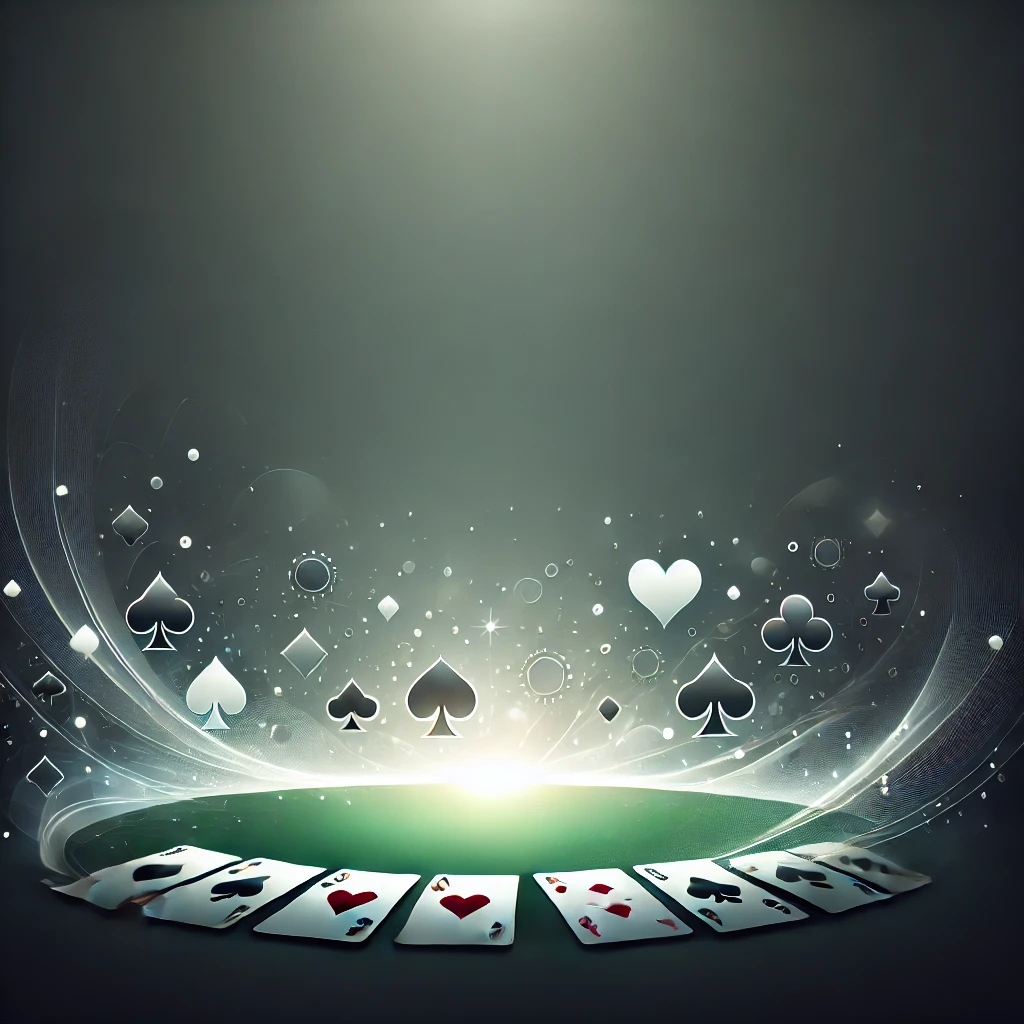
Why Does a Poker Deck Have 52 Cards . The standard poker deck of 52 cards 🂡🂱🃑🃁 is the result of centuries of evolution in card games and traditions deeply rooted in history. The number of cards in the deck is linked to practical, symbolic, and cultural reasons.
Historical Development
🃏 Origins of Card Games:
Card games originated in China around the 9th century and later spread to India, Persia, and Europe. By the 15th century, European card decks had adopted the four suits we recognize today: hearts ❤️, diamonds ♦️, clubs ♣️, and spades ♠️. The French standardized the 52-card deck, which became the foundation for poker.
🎴 Variations Across Cultures:
In the early days, the number of cards in a deck varied. For example:
- Italian and Spanish decks often had 40 cards.
- German decks included 48 cards.
However, the 52-card deck proved to be the most universal and functional for games that combined strategy and chance, such as poker.
Symbolism of the Calendar
The structure of a poker deck is closely tied to the calendar, adding layers of meaning:
- 🃠 52 cards represent the 52 weeks in a year.
- ❤️♦️♣️♠️ Four suits symbolize the four seasons.
- 🂢 13 cards per suit correspond to the 13 lunar months in a year.
- When you sum up the values of all cards (where Jack = 11, Queen = 12, King = 13), the total is 364, aligning closely with the number of days in a year. Adding jokers makes up 365 or 366 days.
Practical Importance for Poker
A 52-card deck is ideal for poker because:
- 🃏 It creates numerous combinations, essential for games based on probabilities.
- 🤔 It balances strategy and chance, keeping the game fair and exciting.
- ♠️ It suits multiple poker variants, like Texas Hold’em, Omaha, and Stud Poker.
The 52-card poker deck 🎴 has become an integral part of the game due to its rich historical symbolism and practical functionality. It remains a timeless tool that connects the traditions of the past with the thrill of modern card games.
